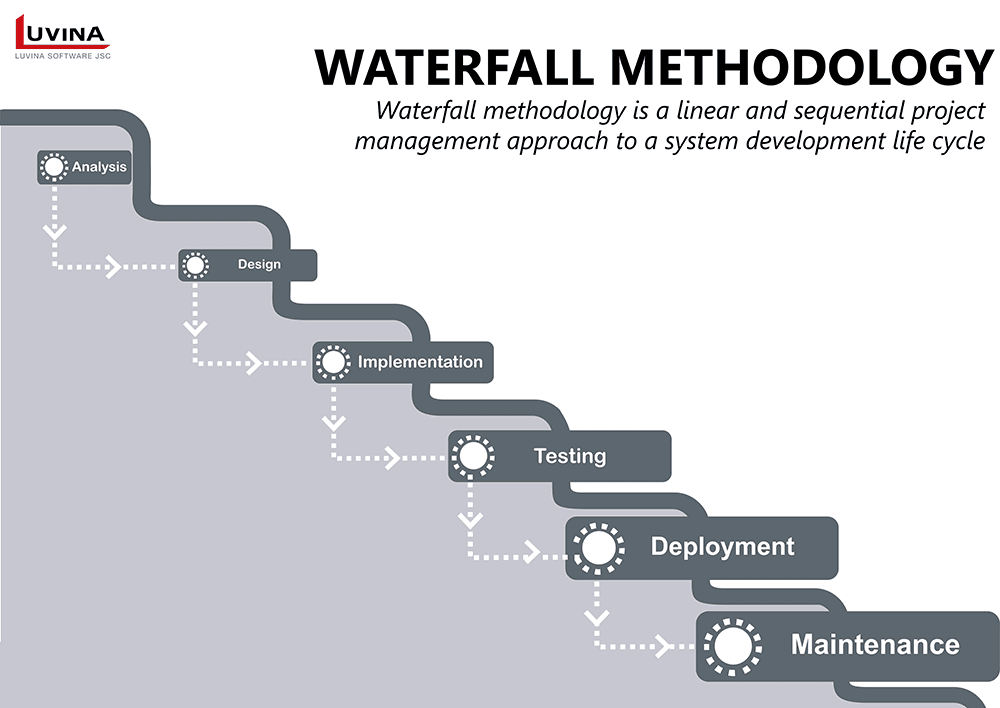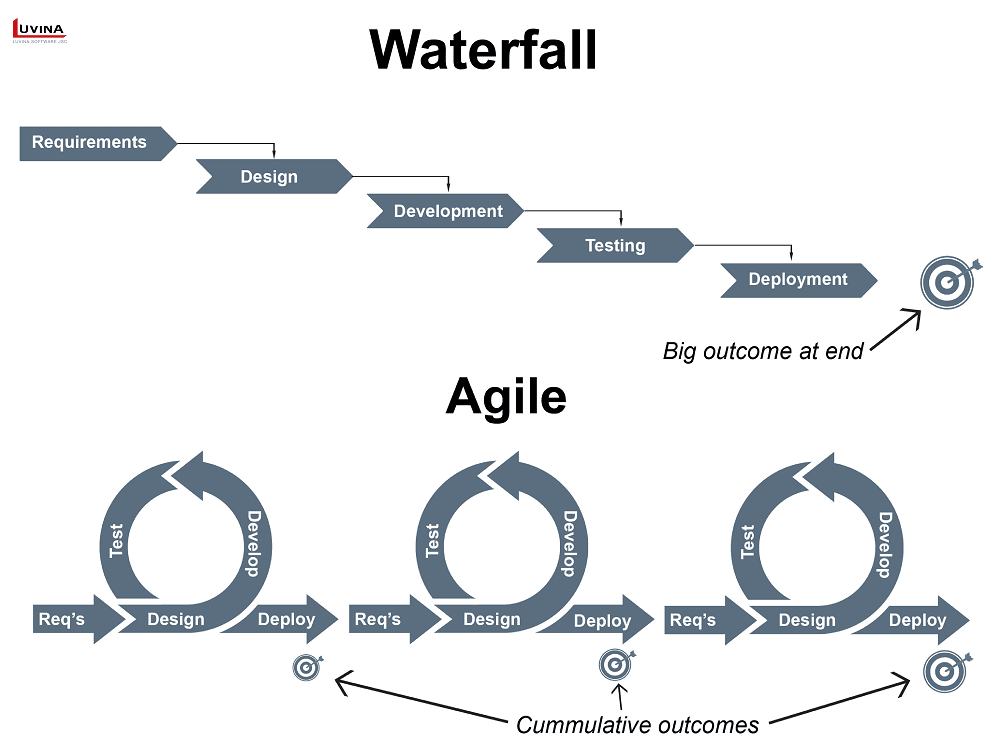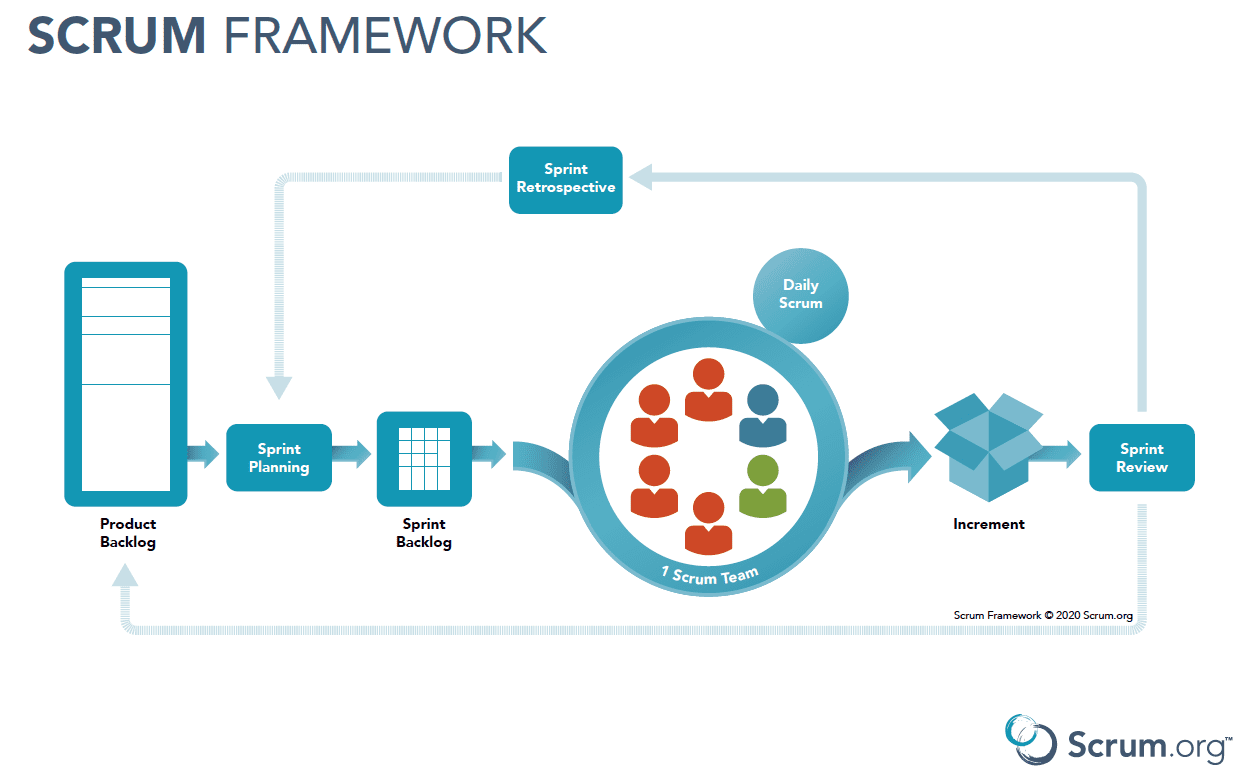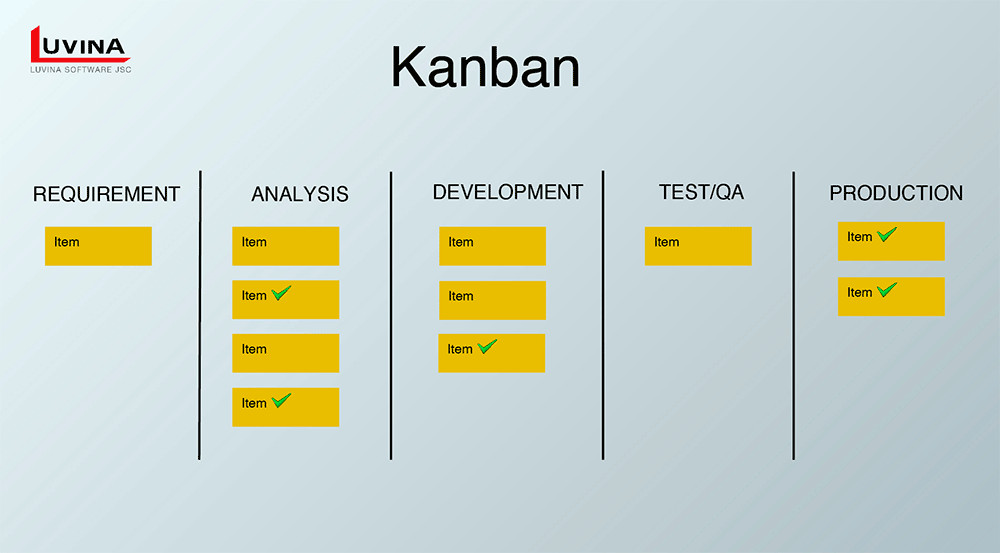Software development project management is a complex and ever-changing field. As technology evolves, new project management methodologies are developed to help teams stay organized, efficient, and effective. In this article, we’ll explore several common software development project management methodologies, including Waterfall, Agile, Scrum, and Kanban.
1. Waterfall methodology
Waterfall is a traditional project management methodology that has been used for decades. The process is linear and sequential, and each phase must be completed before the next phase can begin. The five phases of the Waterfall methodology include planning, design, development, testing, and deployment. This approach is best suited for projects with well-defined requirements and limited changes in scope.
One of the biggest advantages of the Waterfall methodology is that it provides a clear understanding of the project timeline, costs, and deliverables. However, this methodology can be inflexible and lead to delays if requirements change. Additionally, this approach does not encourage collaboration or communication between team members, which can lead to misunderstandings and missed opportunities.

2. Agile methodology
Agile is an iterative and flexible software development project management methodology. This approach focuses on delivering value to the customer by breaking the project into small, manageable tasks that can be completed in short iterations, called sprints. The team works collaboratively to deliver a working product in a series of iterations, incorporating feedback from the customer along the way.
One of the benefits of Agile is its flexibility and adaptability to changes in requirements. It also promotes collaboration and communication between team members and stakeholders. However, the iterative nature of Agile can make it difficult to accurately predict timelines and costs, and there is often less focus on documentation and planning than with the Waterfall methodology.

3. Scrum methodology
Scrum is an Agile framework that is focused on teamwork and accountability. In Scrum, the team is divided into smaller groups called “scrums,” each of which is responsible for completing a specific set of tasks. The scrums work in short, time-boxed sprints and are responsible for self-organizing, managing their workload, and reporting progress to the larger team.
One of the benefits of Scrum is its focus on teamwork and collaboration. The self-organizing nature of the scrums means that team members have a greater sense of ownership and responsibility for their work. However, Scrum requires a high level of organization and communication to be effective, and it can be difficult to implement in larger organizations.

4. Kanban methodology

Kanban is a lean methodology that focuses on visualizing the workflow and limiting work in progress. The goal is to reduce waste and improve efficiency by identifying and removing bottlenecks in the workflow. The team uses a Kanban board to visualize the work and track progress, and each task is limited to a specific work-in-progress (WIP) limit to prevent overload and ensure that the team can focus on completing tasks in progress before starting new ones.
One of the benefits of Kanban is its focus on continuous improvement and efficiency. By visualizing the workflow and identifying bottlenecks, the team can work to improve the process and reduce waste. However, Kanban requires a high level of organization and discipline to be effective, and it may not be as well-suited to larger or more complex projects.
In conclusion, software development project management methodologies are diverse, and each has its own strengths and weaknesses. Choosing the right methodology for your project depends on a variety of factors, including the project size, scope, and complexity, as well as the team’s experience and skills. Understanding the different methodologies and their benefits and drawbacks can help you make an informed decision about which approach is best for your project.






Read More From Us?
Sign up for our newsletter
Read More From Us?
Sign up for our newsletter